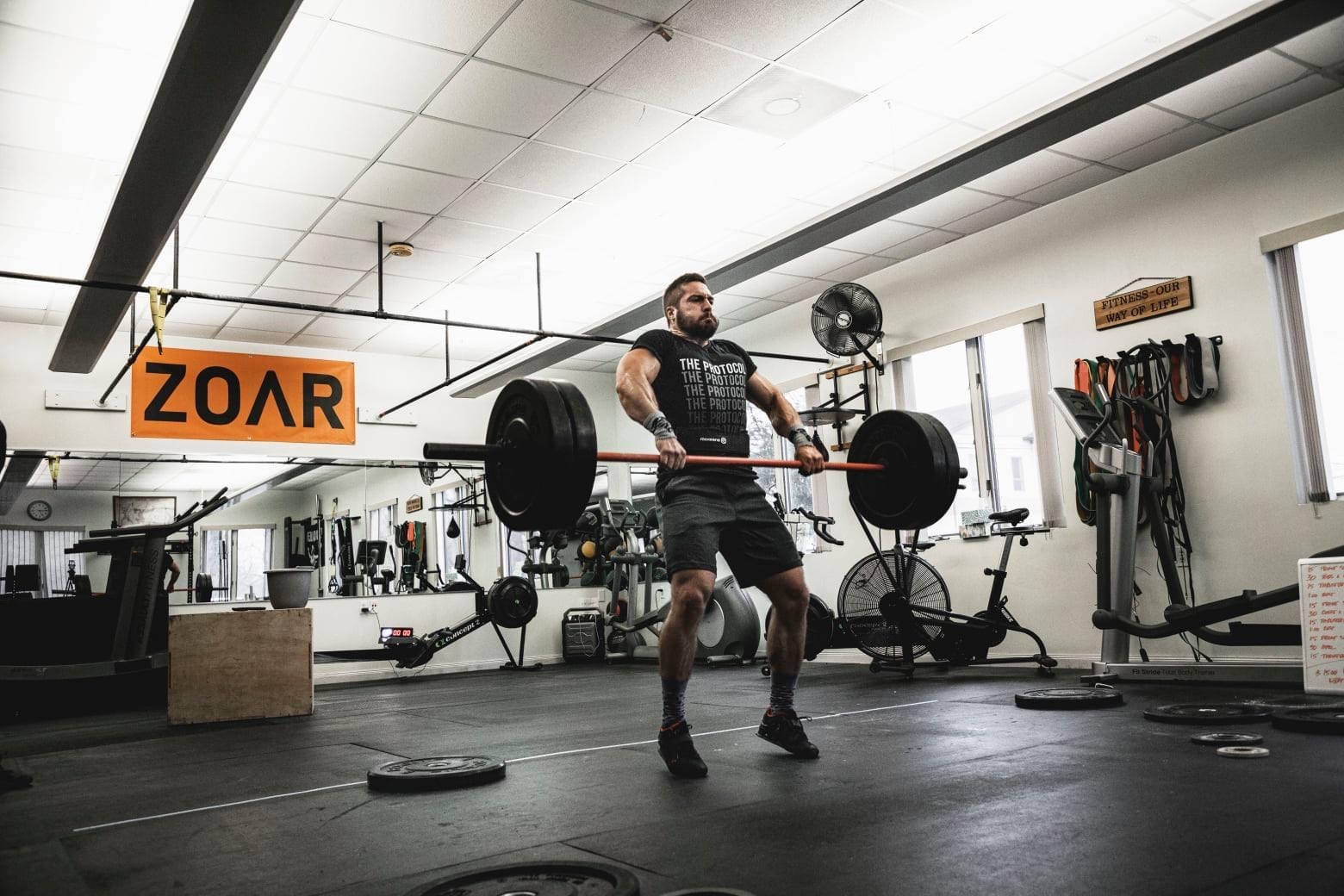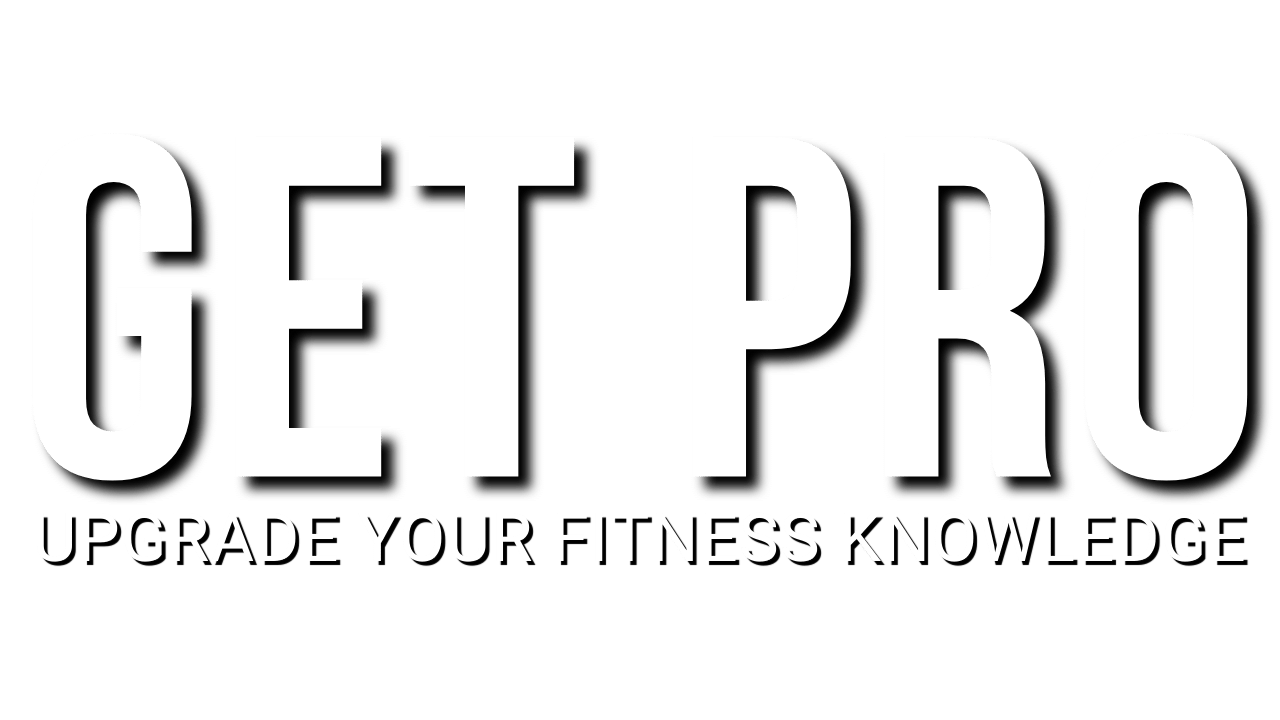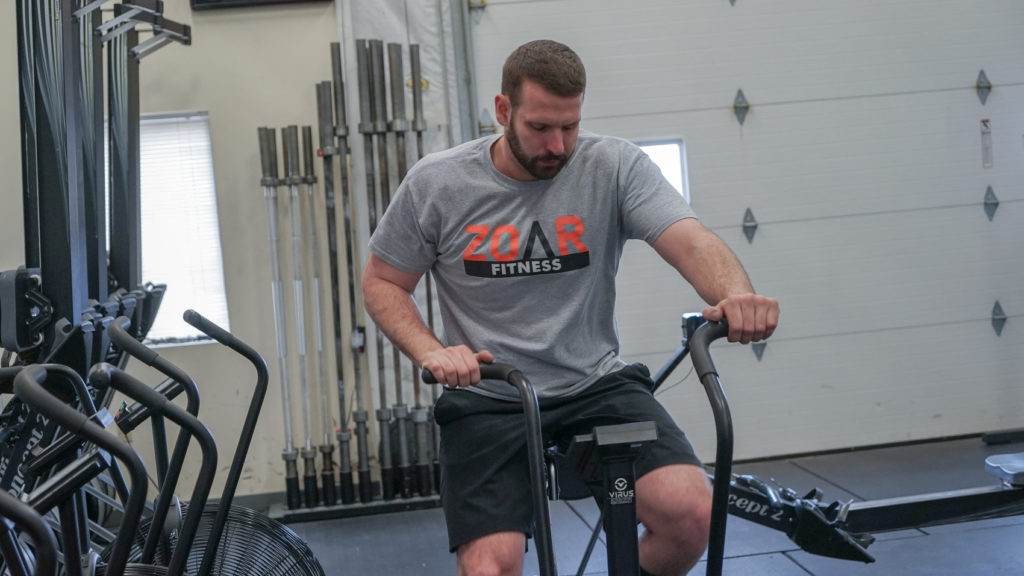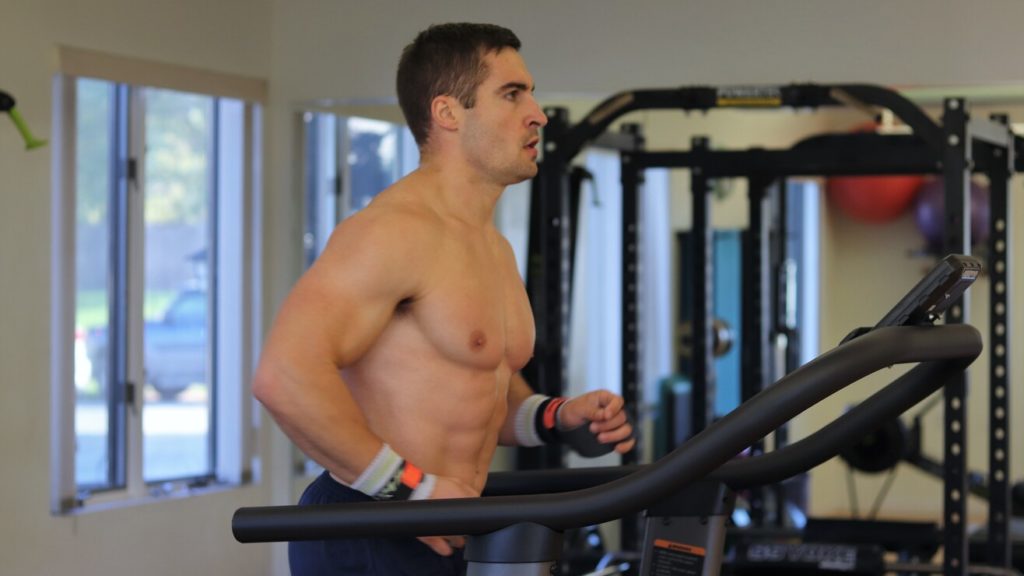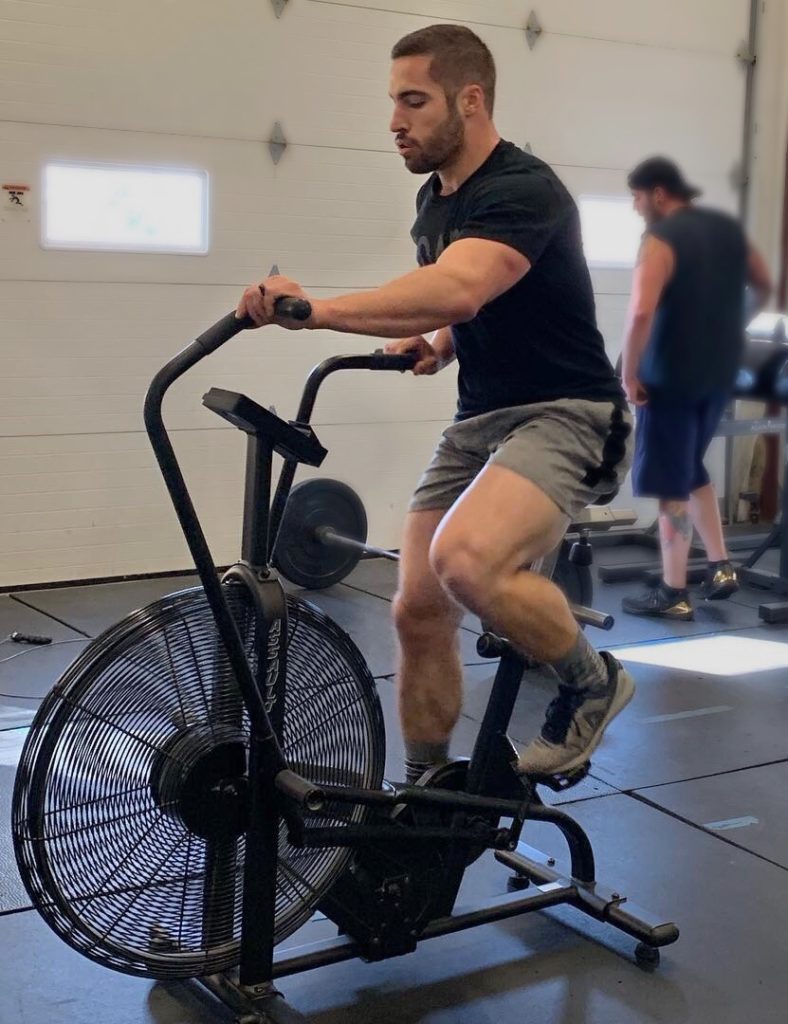Show Notes
What is Mastery?
It’s Subjective.
Here are the common themes:
Improving your…
• Comfort; physical & psychological
• Ability to go long: sustain a moderate output for a longer period of time (e.g. endurance events)
• Ability to go hard: higher power output for a fixed duration or distance (e.g. Time Trials)
• Capacity to do mixed tests (e.g. MetCons, Triathlons, Hero Workouts)
Prerequisites to Power
Step 1: Learn the Correct Technique
See the next section for an extensive library of technique videos.
Step 2: Build a Base (Sustainable)
• Contraction volume
• Oxidative capacity (aerobic)
*this is true even for shorter, high power events.
Erin Cafaro – 2k Olympic Gold Medalist in Rowing – Weekly Volume >200k / week
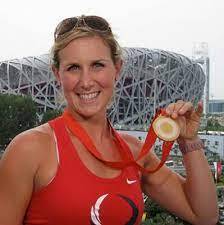
Erin Cafaro
2x Olympic Champion in the 2000m Row
During Olympic training she average over 200,000m per week. If she trained six days per week, that means she had to average over 33,000m per day. This was in preparation for a sub 6 minute event.
Step 3: Build Pace Tolerance (Unsustainable)
• Ability to get to and hold a particular pace
• “Tempo Run” | “VO2 Max Training” | “Lactate threshold” | “Race Pace”
• Intervals or repeats that accumulate the work at an unsustainable pace
*so far if you are just trying to get pretty general fit doing a percentage of your cyclical training with sustainable aerobic work and another percentage of your at unsustainable intensity and working on repeatability is a good place to start. But it’s not enough.
Step 4: Get Specific
• General training for general goals will get your generally fit
• This means you aren’t great at anything
• SAID Principle: Specific Adaptation to Imposed Demands
• There are unique challenges to preparing for more than one thing at a time (aka. concurrent training)
Concurrent Training Guide: Powerlifting & Rowing
Concurrent Training Guide: Oly Lifting & Rowing
Technique Tips
Rower
• Sequencing the Pull & Recovery
• Sprint vs. Sustain Technique Changes
• Breathing on the Rower
• Preventing Excessive Lean Back
• Fixing Varied Handle Height
• Finding the Optimal Slide Length
• Transitioning Quickly On & Off
AirBike
• Assault Bike Setup
• Optimizing the Pedal Stroke
• Upper Body Action
• Programming Sprint Work
• Movement Faults
• Power vs. Endurance Testing
• Sprint vs. Sustain
• Ramp-Up Intervals
• Improving Endurance
• The 10min Test
BikeErg
• BikeErg Setup
• Damper Setting
• Getting Up to Speed
• Maximizing the Pedal Stroke
SkiErg
• 7 Common SkiErg Errors
• How far to stand from the erg
• Saving Your Lats & Triceps
• Using the Stretch Reflex
• Breathing while Skiing
AirRunner
• Getting Up to Speed
• Run Gait Analysis
• Ghost Calories
• Hip & Knee Demands While Running
Cyclical Supremacy
A 12-Week Row, AirBike, Run Program
If you want to reach your potential in the Sport of Fitness, you must have elite fitness. In other words… conditioning.
That’s why this program focuses on the “3 Kings” of Cyclical Movement: Rowing, AirBike & Running.
Are you ready to build a massive engine and reign as Cyclical Supremacy?
3 Machine Based Tests
(And a Training Program for Each)
• Row: 1k Time Trial
• AirBike: The 10:00 Test
• Triple 3: 3k Row, 300 DU, 3mi AirRunner
Assumptions:
- the athlete is already working out consistently and has a base level of fitness
- the athlete has already tested the workout or similar time trials where their paces are consistent
- the athlete is doing minimal other “interfering” training that would contribute to overall fatigue or fitness
Row: 1k Time Trial
• A short Time Trial means more of the work will need to be intervals
• Continue to build intensity more than volume
• Volume falls as intensity & continuous efforts build
AirBike: The 10:00 Test
• A lactic test means you need more time doing painful, moderate length intervals
• Build your time (total duration) at a higher intensity
• Volume falls as intensity & continuous efforts build
10-Week Aerobic Power Program
Download for Free on the Assault Fitness App
Triple 3: 3k Row, 300 DU, 3mi AirRunner
• Less interval work. More focus on volume building.
• This is the inverse of the others, where you continue to build your contraction volume in the lead up to the event.
Principles in Practice
Overall the goal is not to give you specific sessions to improve a singular quality. That has very little utility outside of a specific athlete with a specific goal.
Rather, the goal is to provide you with a model with how to think about developing erg-based cyclical movements and having a tool box of various ways you can structure and progress sessions based on the unique demands on your situation.
Putting Principles in Practice is what allows you to Master the Machines.
